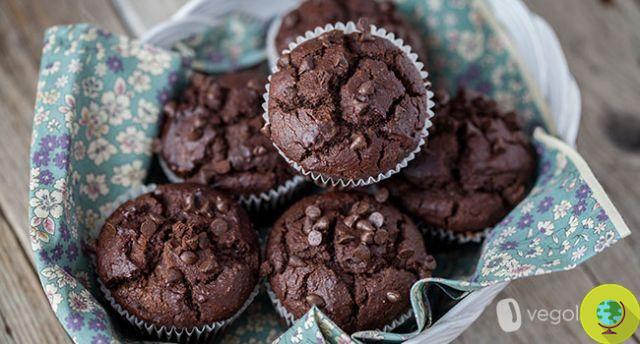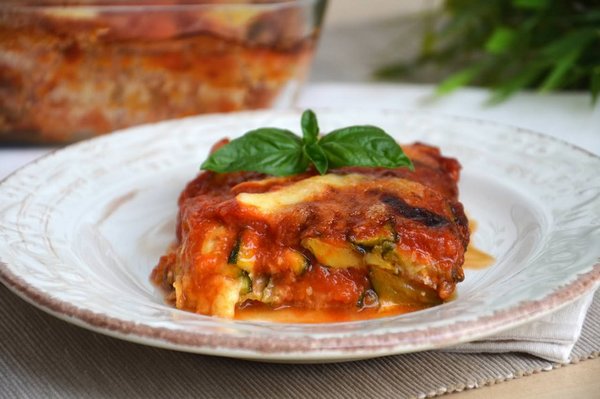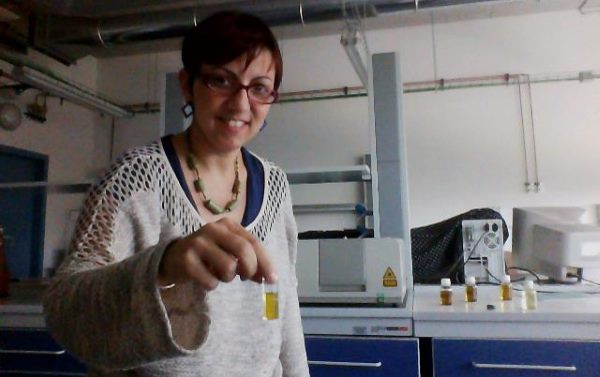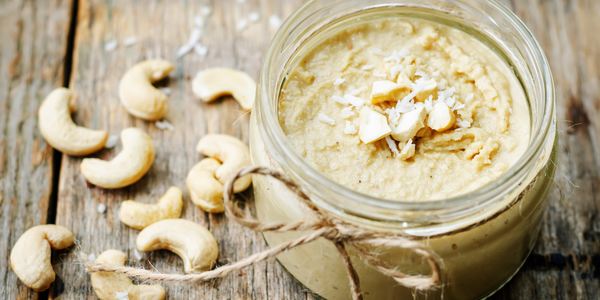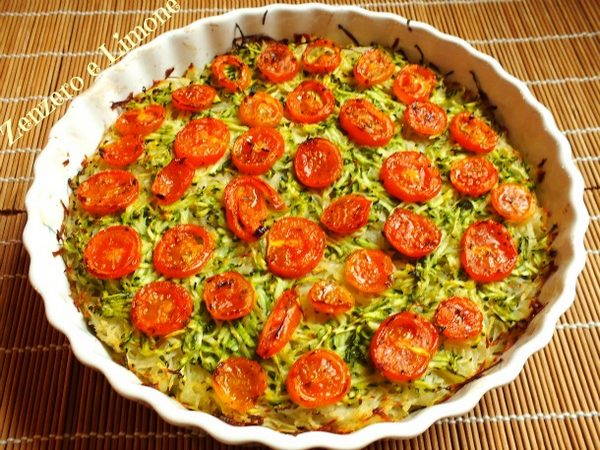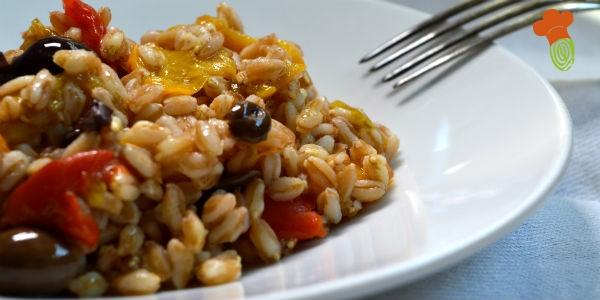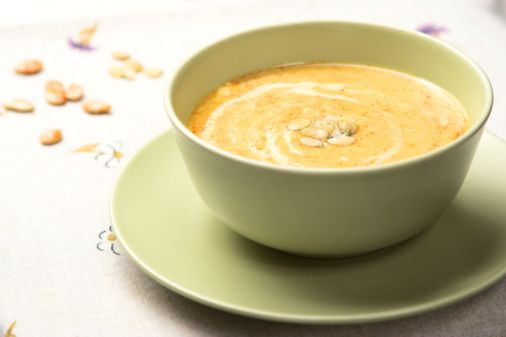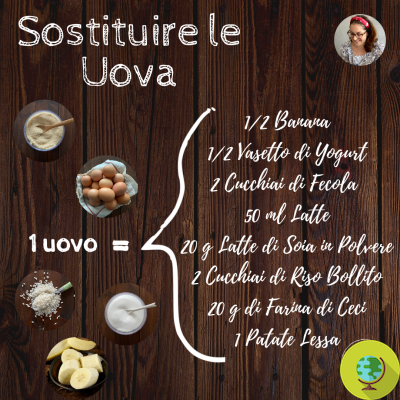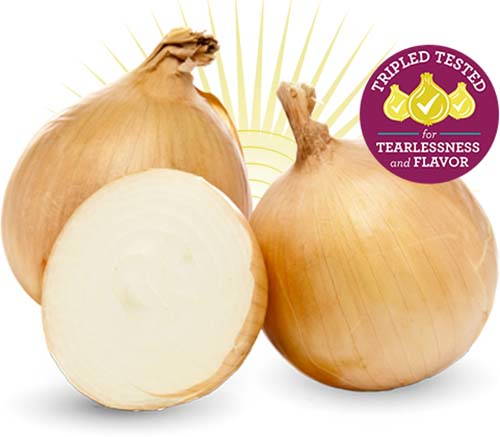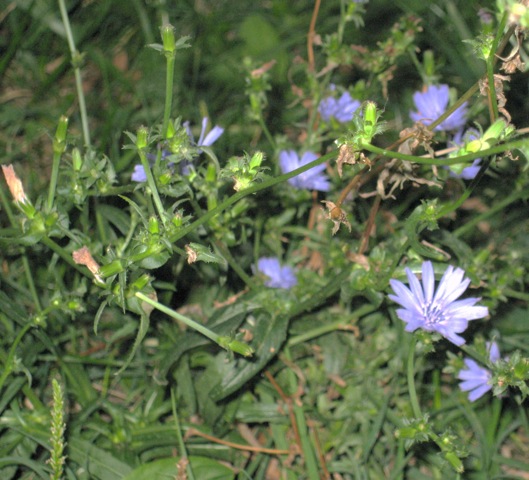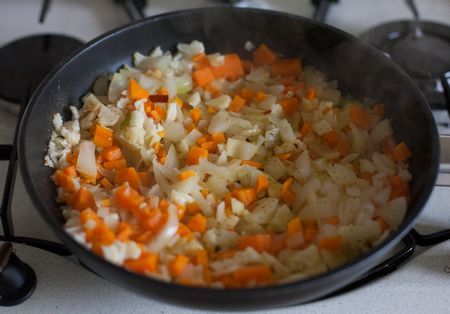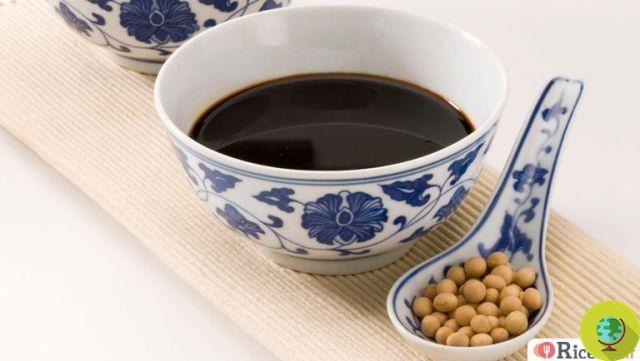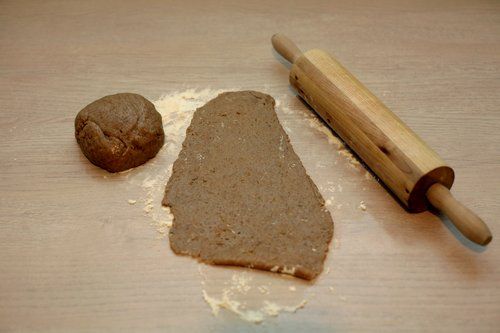Find out about Pu-Erh, how it is produced and what are the benefits for the body. Here is Pu-Erh tea, the oldest fermented tea produced in China
Il Pu-Erh tea is a Chinese tea produced in Yunnan. It has very ancient origins, just think that its production already existed at the time of Tang dynasty.
It is one of six types of fermented teas of Chinese origin; why fermented? The leaves, after being processed, are pressed and left to mature for several years; and it is precisely this process that gives Pu-Erh its particular flavor and aroma, that is, a aftertaste of wood, which tastes of earth and undergrowth.
Index
Cultivation and processing of Pu-Erh tea
Pu-Erh tea is produced from a variety of Camellia Sinensis, the typical tea plant of South East China. The production of fermented tea is typical of Yunnan, and takes its name from the prefecture where the trade of tea took place at the time of Imperial China.
The cultivation of this takes place in wild areas in the mountains, where the climate and the soil guarantee the plantations to grow optimally and, in addition, give the taste and particular properties typical of this tea.
But how does the processing take place? This tea is obtained from the leaf of Camellia Sinensis; this is collected and left wither in the sun, and then dried, to prevent oxidation. After that we move on to the phase of rolling up, and subsequently there is a new withering in the sun. The leaves are pressed in various and characteristic shapes, in brick, biscuit or disk, through a source of heat that serves to solidify. This process represents the working of the Pu'Erh Sheng or rawwhile for the Pu-erh Shu there is a slightly different processing.
In fact, after drying, the leaves are wet and exposed to the sun or stored in a warm place; after that, it is necessary to move them every two hours, and it is thanks to this process that the tea will develop a bacterial microflora very particular and with a thousand benefits for the body.
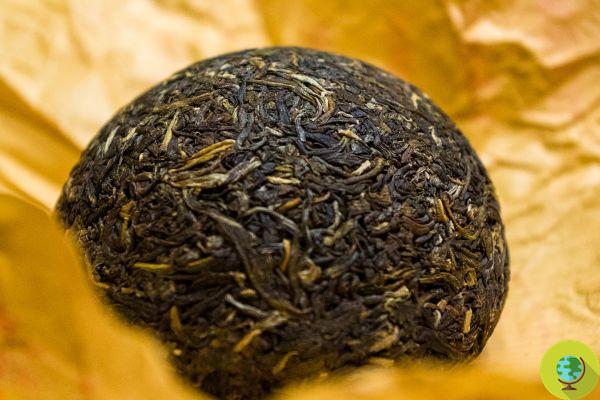
@ Wingedbull / 123rf
Pu-Erh: characteristics and varieties
Tea Pu-erh, Also known as Pu'er, Po Lei o Ying-Shen shah is a type of fermented tea produced in Yunnan province, China.
It is often confused with the tender, although Pu-Erh is a category of tea just like green tea andOlong. In addition, it is the only type that improves with aging, just like wine.
The main characteristic of Pu-Erh tea is that it is marketed after a long period of aging or "fermentation", which allows this tea to develop a very particular taste and amazing properties, thanks to the development of an important microbial load.
Another peculiarity of Pu-Erh tea lies in the way it is processed, as the leaves after the drying and rolling processes, are pressed into different shapes; in fact, on the market it can be found in the form of square, tile, disk, biscuit or even mushroom.
This is a extremely fine and expensive tea; moreover, due to the duration of the processing and fermentation processes, some producers in China have created another type of Pu-Erh, called cooked or Shu, which unlike the traditional Pu-Erh Sheng, i.e. raw, is subjected to a process of accelerated fermentation which allows to obtain the properties of the classic Pu-Erh in less time.
(Read also: Green tea: a natural concentrate of antioxidants)
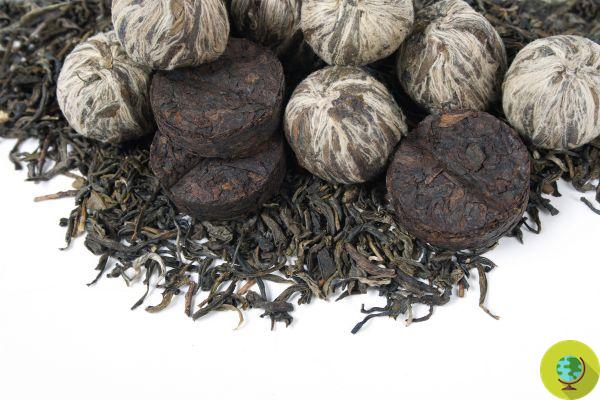
@Jekaterina Timofejeva / 123rf
Properties and benefits of Pu-Erh
Pu-Erh tea is considered by traditional Chinese medicine as a real medicine; for this reason it is the most drunk tea in China. The reason? His success is connected to his numerous beneficial and healing properties, in particular on the gastro-intestinal and cardio-circulatory systems.
Pu-Erh are particularly suitable to be drunk in winter, because they harm the body energy and vigor, useful in cold and humid periods.
Among the main benefits we point out:
- Helps digestion
- Lower the level of triglycerides in the blood
- Helps keep cholesterol levels low
- It is draining
- It helps to reduce blood sugar levels, therefore effective in case of blood sugar
- Contributes to the elimination of toxins
Furthermore, thanks to the antioxidants, has many benefits on the cardiovascular system and the intestinal tract. All the benefits of this tea are found in both traditional Sheng and Shu teas, which is the type with a faster fermentation.
How To Make Pu-Erh Tea?
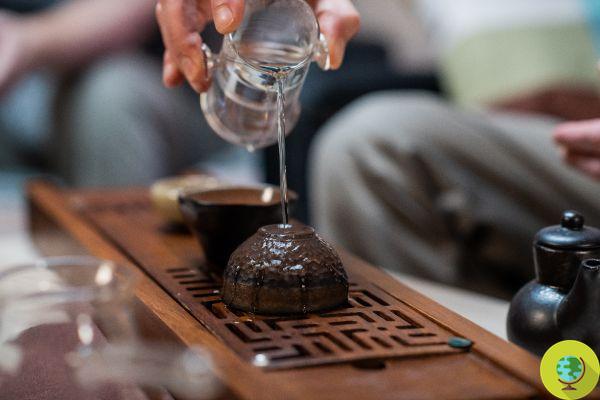
@Anna Kosolapova / 123rf
To prepare Pu-Erh you must first of all take the leaves from the form, through a specific knife, or simply with your hands.
The first thing to do is to heat the teapot with boiling water; then proceed by washing the tea leaves, which are subsequently inserted into the teapot, wetting them with water both to eliminate any impurities and to hydrate them. Obviously, you have to filter the water and only after that you can proceed with the first infusion: the water temperature for Pu-Erh teas it must be high, between 90 ° C-100 ° C.
It is important to remember that Pu-Erh can be infused several times, even 8 times; the infusions should last about 30-40 seconds, and a teaspoon of tea should be added to each cup. We advise you to drink Pu-Erh in purity, that is, without adding sweeteners, milk or lemon.
(Read also: The 10 most popular and loved tea varieties in the world)
When to drink this particular tea?
Pu-Erh tea is suitable for drinking in any time of day; but to benefit from its effect on the gastro-intestinal system and digestion, we recommend that you consume it during or after meals, or in the evening. It lends itself to being consumed even before going to bed, because it does not have very high theine contents, in particular the Shu type.
It can be consumed at breakfast, during brunch, or to accompany a very rich salty meal; given its enormous properties, we also recommend that you introduce Pu-Erh into your days, even more cups a day.
Other beneficial tea varieties that you might be interested in:





